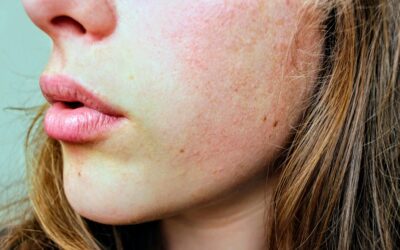Introduction:In today’s fast-paced work environment, stress has become an all-too-common companion for many employees....
Massage Therapy
A massage therapist is a person trained in the manipulation of the muscles or other soft tissues of the body for therapeutic purposes, including relaxation and pain relief. Massage therapy is manual manipulation of soft body tissues (muscle, connective tissue, tendons, and ligaments) to enhance a person’s health and well-being. Massage therapy encompasses many different techniques. In general, therapists press, rub, and otherwise manipulate the muscles and other soft tissues of the body. They most often use their hands and fingers, but may use their forearms, elbows, or feet. There are dozens of types of massage therapy methods. People seek massage therapy for a variety of reasons – to reduce stress and anxiety, relax muscles, rehabilitate injuries, reduce pain, and promote overall health and wellness.
While there are many different types of massage, most can be described by two fundamental categories:
- Relaxation massage – also known as Swedish massage; practiced in settings like spas, wellness centers and resorts
- Rehabilitative massage – also known as deep tissue, medical, therapeutic, or clinical massage; practiced in many settings like clinics, hospitals, and chiropractic offices
The main professionals that provide therapeutic massage are massage therapists, athletic trainers, physical therapists, and practitioners of many traditional Chinese and other eastern medicines. Massage practitioners work in a variety of medical settings and may travel to private residences or businesses.
The US based National Center for Complementary and Alternative Medicine recognizes over eighty different massage modalities. The most cited reasons for introducing massage as therapy have been client demand and perceived clinical effectiveness.
Many types of practices are associated with massage and include bodywork, manual therapy, energy medicine, and breath work. Other names for massage and related practices include hands-on work, body/somatic therapy, and somatic movement education. Body-mind integration techniques stress self-awareness and movement over physical manipulations by a practitioner. Therapies related to movement awareness/education are closer to dance and movement therapies. Massage can also have connections with the New Age movement and alternative medicine as well as holistic philosophies of preventative medical care, as well as being used by mainstream medical practitioners.
Peer-reviewed medical research has shown that the benefits of massage include pain relief, reduced trait anxiety and depression, and temporarily reduced blood pressure, heart rate, and state of anxiety. Additional testing has shown an immediate increase and expedited recovery periods for muscle performance. Theories behind what massage might do include blocking nociception (gate control theory), activating the parasympathetic nervous system, which may stimulate the release of endorphins and serotonin, preventing fibrosis or scar tissue, increasing the flow of lymph, and improving sleep.
For more information visit the American Massage Therapy Association at www.amtamassage.org/
The Latest From Our Blog
Snooze or Lose: Sleep, Its Benefits, and How to Optimize Them
Sleep is important. This is a fact and lesson that everyone has been told at some point in their life, whether by a doctor,...
Nature Has a Remarkable Effect on Our Health and Well-Being!
Introduction:In our fast-paced, modern world, we have grown increasingly disconnected from the natural environments that...
What is Ayurveda?
When one hears “health system,” especially in America, they’ll think of standard health care. This usually entails for the...
SoulBeing™ Partners with MedRhythms® to Enhance Healthcare Access
PORTLAND, ME – June 11, 2024 –SoulBeing, the leading complementary and alternative medicine network, today announced that...
Nutritional Deficiencies and Their Impact on Dermatological Concerns
Did you know that our skin often mirrors our overall health and well-being, reflecting the quality of our nutritional...






